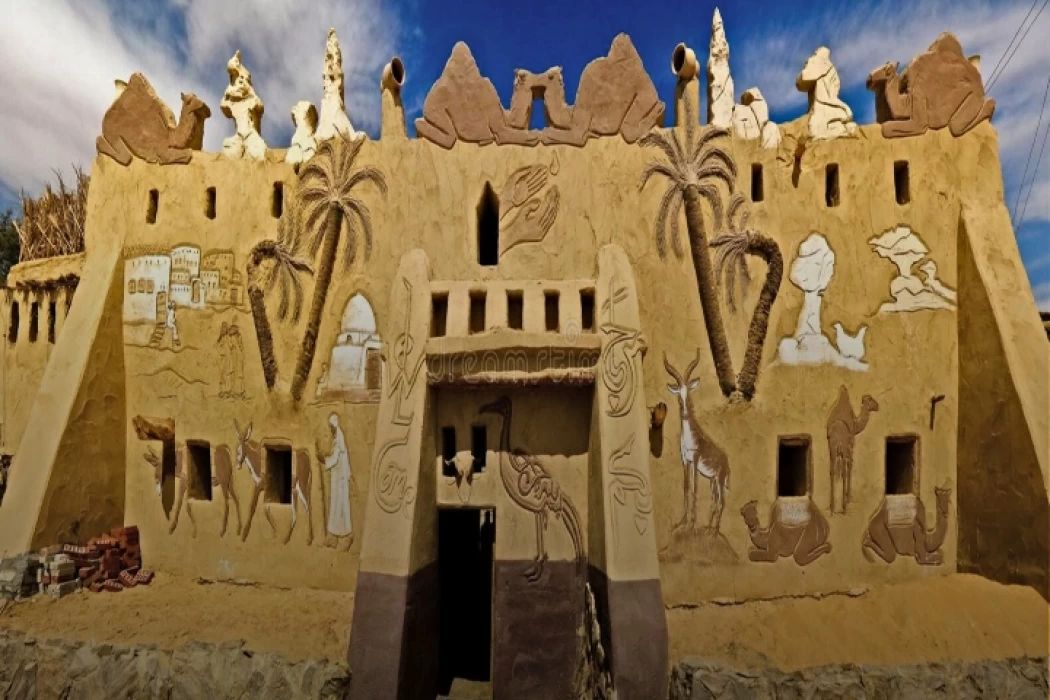
Badr Museum in Farafra
The Badr Museum in Farafra Oasis is unique in terms of the environmental materials for which its drawings are famous. These drawings express nature and the actual reality of everyday life.
The artist Badr Abdul Ghani decided to build his museum and build it at his own expense, to embody and preserve the environment and heritage of the original Farafra, which is about to disappear, and the extent of his love and connection with his native land "Farafra", although he lived for a while in Italy, he still dreamed of having his museum in his hometown of Farafra.
Abdul Ghani chose a site he owns in the land of Farafra, to set up a special museum on it, embodying the original environment of the Oasis, and chose that his drawings and sculptures should be made of environmental materials, he uses only the colored sand of the "White Desert" located in the OASIS to be the basis for his drawings, while his sculptures are from palm trunks that are characteristic of any oasis in Egypt besides the use of silt.
Badr added that the museum embodies a picture of the old Farafra Palace, which the people of the Oasis are currently trying to preserve what is left of it, and when the visitor enters the museum, he sees the embodiment of several characters in silt, playing "Sija" – one of the famous rural games – and in the painting itself, one of the men lying on a "bench" and another drinking the popular "nut", and as soon as you turn around you find this embodiment in a photograph, the embodiment of the last generation of the original people of the OASIS who were sticking to their customs and traditions.
Badr said that he wanted to preserve the original traditions and legacies of the ancient people of Farafra, where they gathered every day to play and have fun in front of the old Oasis houses," Badr said.
He continued that he collected some sculptures from palm trunks that embody sorrows and howls during funerals, and called it the Chamber of Sorrows, the only chamber he described as the most beloved and closest to his heart.
It is noteworthy that the Badr environmental museum embodies all the Customs and legacies of the people of ancient Farafra, and the museum receives many visits from various nationalities around the world
Latest Articles
Admin
Regin of Abbas I of Egypt | Abbas Pasha I
Abbas has been often described as a mere voluptuary, but Nubar Pasha spoke of him as a true gentleman of the "old school". He was seen as reactionary, morose and taciturn, and spent nearly all his time in his palace. He undid, as far as lay in his power, the works of his grandfather, both good and bad.
Admin
Story of Gabal Shayeb Al Banat - Red Sea Mountain
Jabal shayb al-banat is one of the Red Sea Mountains in the eastern desert in Egypt, located to the west of the city of Hurghada at a latitude of 27 degrees north and a longitude of 33.5 degrees east of the Greenwich line approximately, this mountain is the highest mountain peak in the eastern desert with a height of up to 2185 meters, it is a prominent mass of igneous rocks
Admin
Neper God Of Grain
Neper was the deity of grains, particularly cereals that were important in Ancient Egypt, such as wheat and barley. It was stated that he foretold when the crops would grow, be harvested, and disappear.
Admin
Djoser
Djoser was an ancient Egyptian pharaoh of the 3rd Dynasty during the Old Kingdom and was the founder of that epoch. He is also known by his Hellenized names Tosorthros (from Manetho) and Sesorthos (from Eusebius). He was the son of King Khasekhemwy and Queen Nimaathap, but whether he was also the direct successor to their throne is unclear. Most Ramesside king lists identify a king named Nebka as preceding him, but there are difficulties in connecting that name with contemporary Horus names, so some Egyptologists question the received throne sequence. Djoser is known for his step pyramid, which is the earliest colossal stone building in ancient Egypt
Admin
Kom Al Dikka Alexandria
Kom El Deka, also known as Kom el-Dikka, is a neighborhood and archaeological site in Alexandria, Egypt. Early Kom El-Dikka was a well-off residential area, and later it was a major civic center in Alexandria, with a bath complex (thermae), auditoria (lecture halls), and a theatre.
Admin
The God Anuket
Anuket, in Egyptian religion, the patron deity of the Nile River. Anuket is normally depicted as a beautiful woman wearing a crown of reeds and ostrich feathers and accompanied by a gazelle.
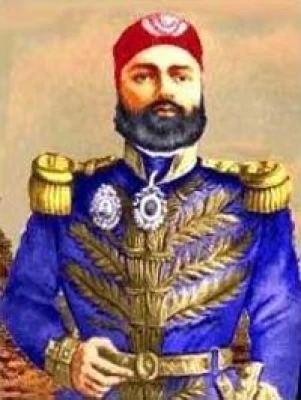
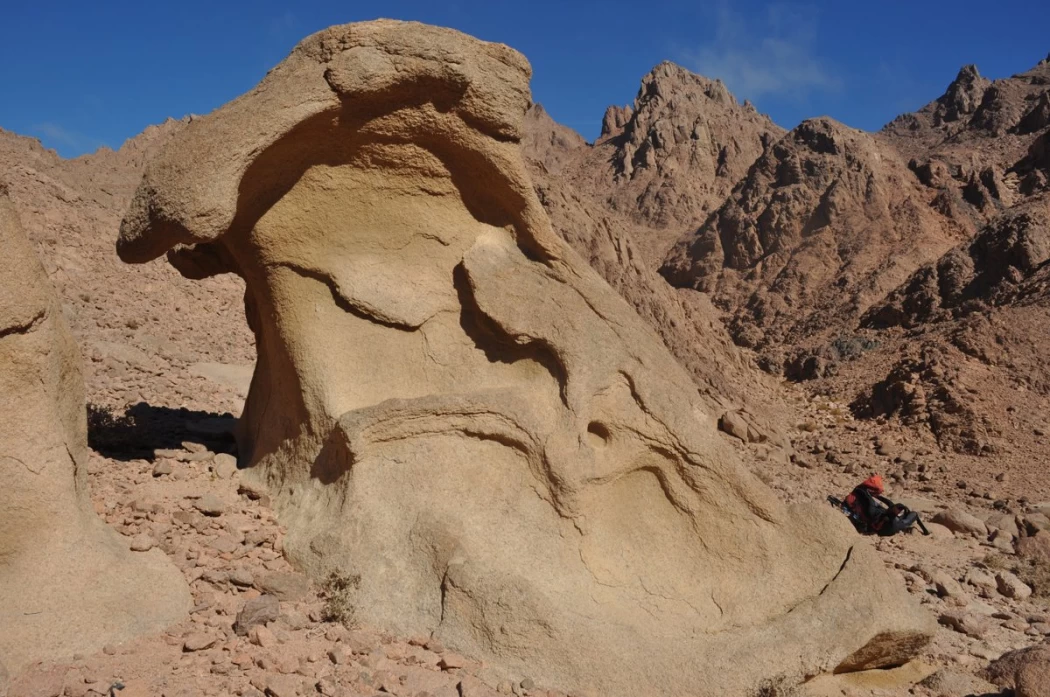
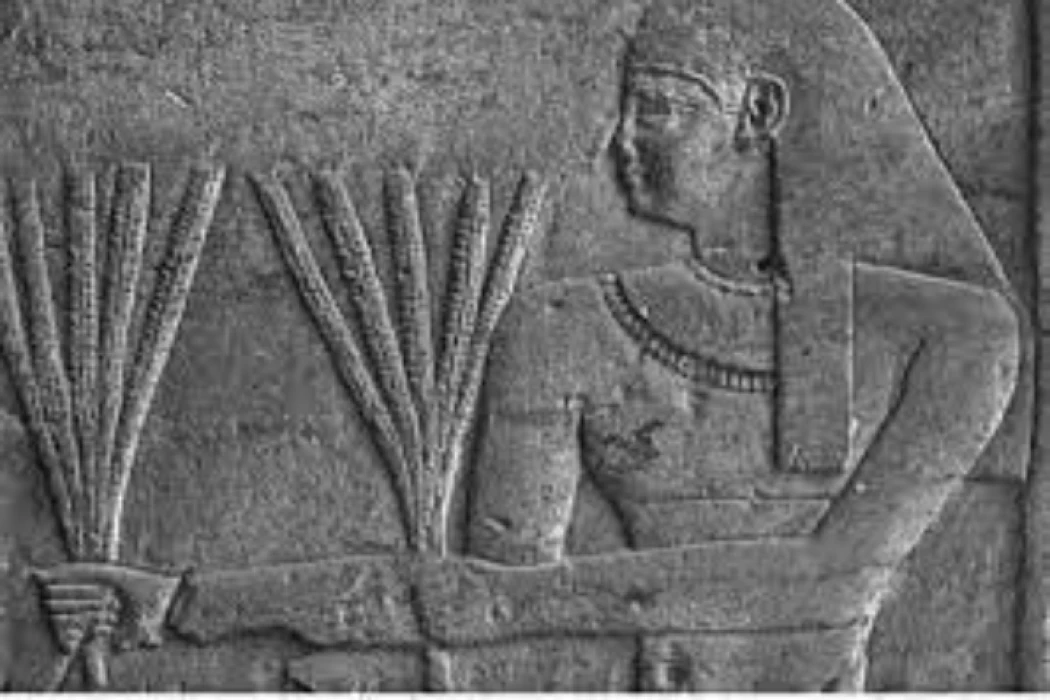

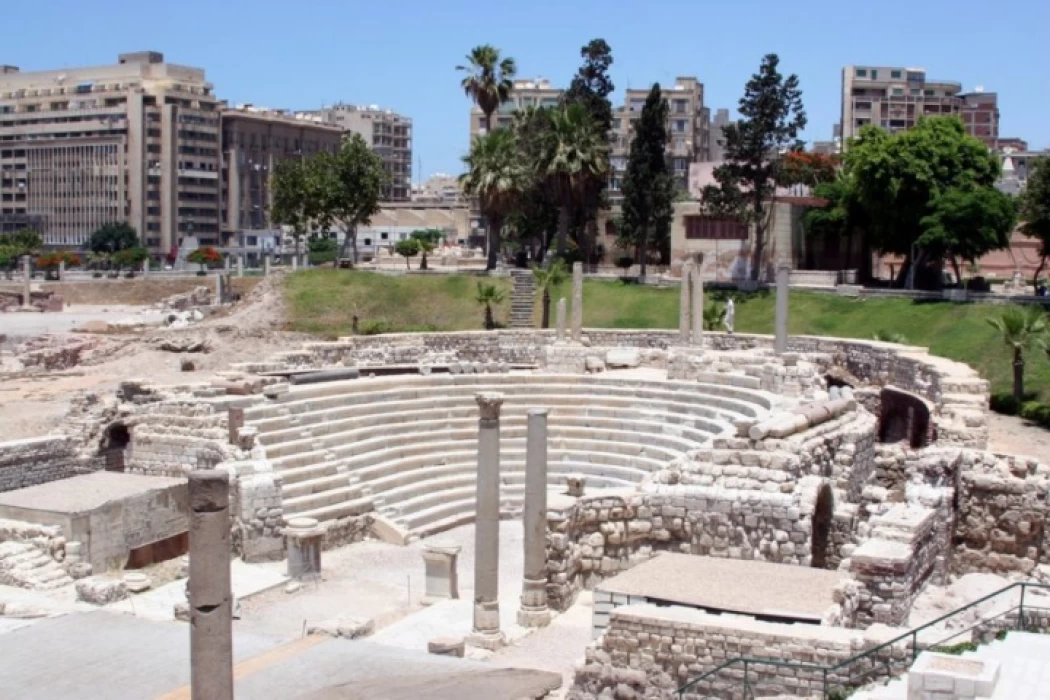
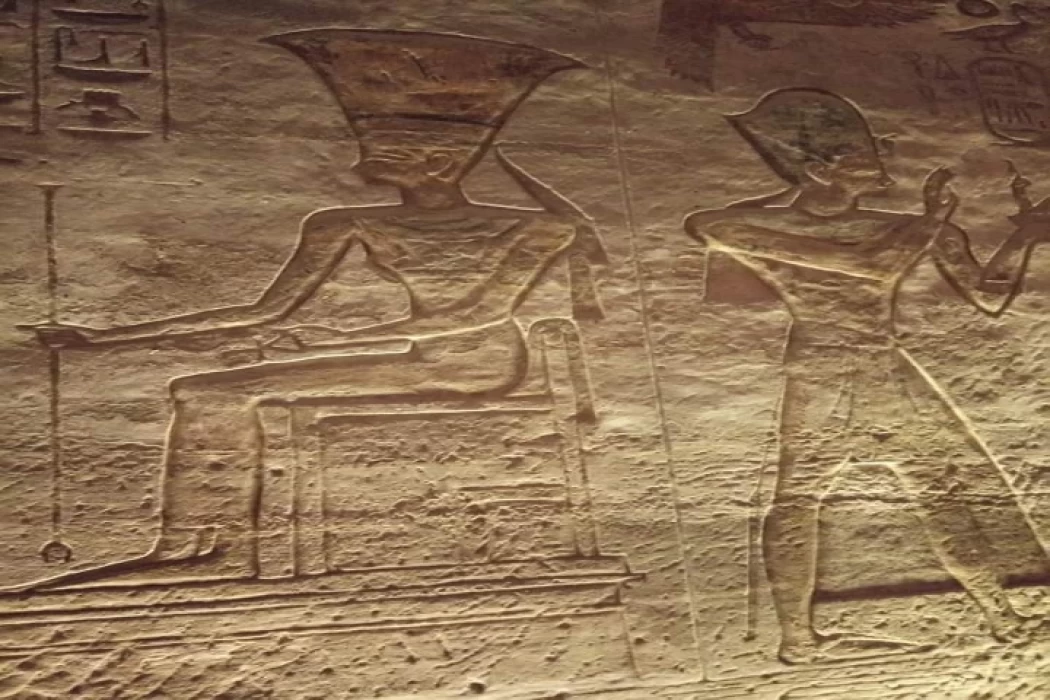
-webp.webp)







